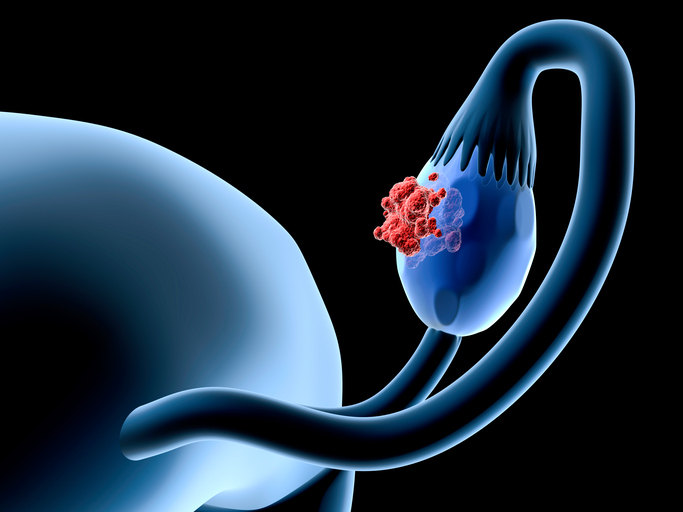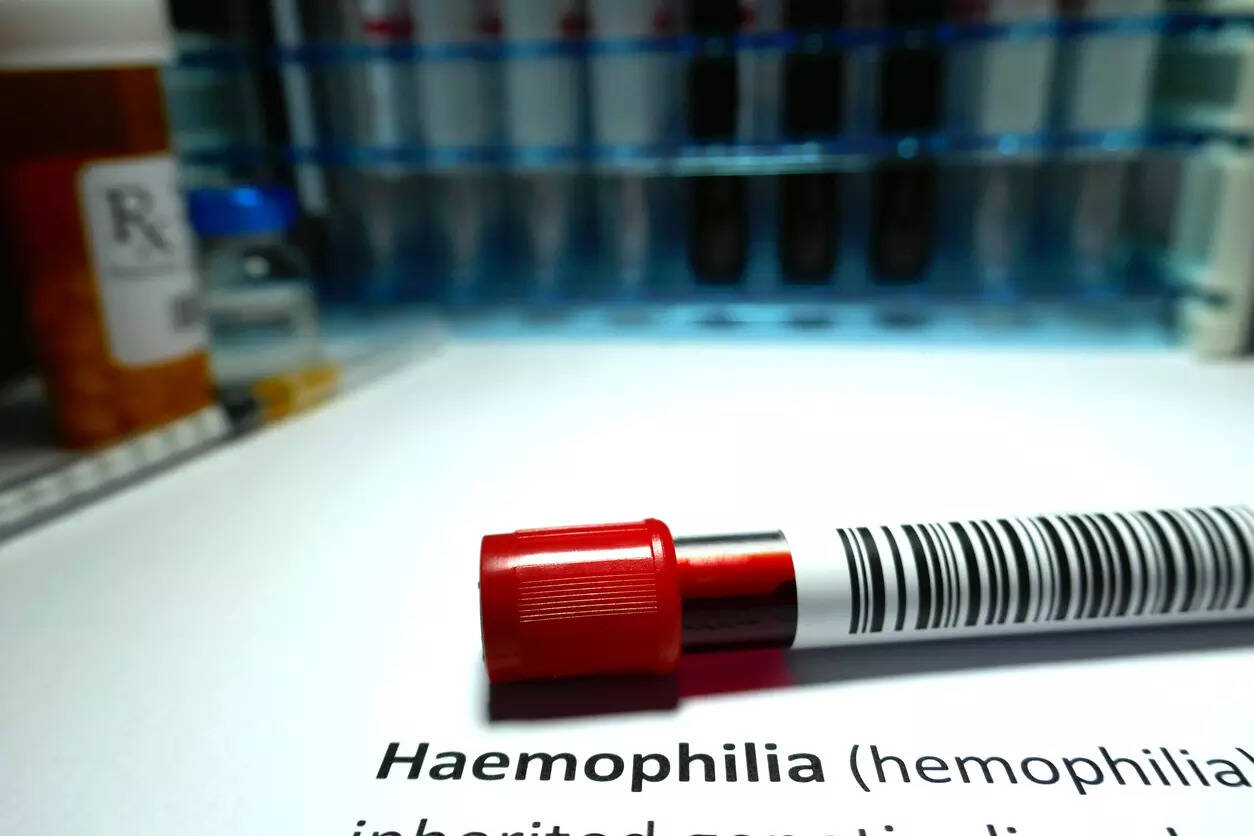
Women may be diagnosed with ovarian cancer at a later stage if they are from non-White ethnicities because they are less likely to meet diagnostic biomarker thresholds, research suggests.
Black and American Indian women with ovarian cancer in the study were each 23% less likely to have raised levels of cancer antigen (CA)-125 biomarker at diagnosis compared with their White counterparts.
The findings, published in JAMA Network Open, suggest that current CA-125 thresholds, which were developed in predominantly White populations, can miss ovarian cancer in other races and ethnicities, thereby delaying timely treatment.
Specifically, the difference in false-negative CA-125 rates between races could lead to under-workup and under-referral of American Indian and Black patients, contributing to ovarian cancer being diagnosed at a later stage.
“With 19,000 new ovarian cancer diagnoses annually in the United States and 314,000 worldwide, if the CA-125 thresholds were updated to have similar sensitivity for Black patients as White patients, we estimate that at least 60 patients each year would be diagnosed at an earlier stage in the United States and 1,500 worldwide,” the researchers calculated.
CA-125 was the first biomarker approved by U.S. regulators for the diagnosis and surveillance of cancer. It was heralded as a major breakthrough for suspected ovarian cancer, in which symptoms such as bloating and early satiety can be subtle and attributed to benign conditions.
International guidelines recommend that patients with pelvic masses should undergo evaluation by gynecologic oncologists for ovarian cancer. Almost all recommend a CA-125 threshold of 35 U/ml or greater, including those from South American and Asian countries, in accordance with the 1981 study that first identified this biomarker.
The original studies of CA-125 were performed in Boston, where the demographic is 80% White, and validated in Minnesota, with a 98% White population.
To investigate the applicability of the threshold in non-White populations, Anna Jo Bodurtha Smith, MD, from the University of Pennsylvania, and co-workers studied data on all 250,749 patients diagnosed with ovarian cancer between 2004 and 2020 on the U.S. National Cancer Database.
Patients had a median age of 62 years. In terms of ethnicity, 0.4% were American Indian, 3.7% were Asian, 8.6% were Black, 85.2% were White, and 2.0% were other or from unknown races. The population broke down into 6.7% Hispanic, 88.8% non-Hispanic, and 4.6% of unknown ethnicity.
Overall, 212,477 had CA-125 levels measured, and this was at an elevated level in 88.2% at diagnosis.
Patients who were American Indian, Asian, or Black were less likely to have an elevated CA-125 level at ovarian cancer diagnosis than White patients.
In multivariable analyses, Black patients had significantly reduced odds of elevated CA-125 compared with White patients (adjusted odds ratio [AOR]=0.77), after adjusting for stage, comorbidities, and menopausal status. The same was true for American Indian patients (AOR=0.77).
When looking at women with high-grade serous ovarian cancer only, Black patients had significantly lower odds of elevated CA-125 at diagnosis (AOR=0.81). Patients with stage II to IV ovarian cancer with false-negative CA-125 findings at diagnosis waited 9.38 days longer for chemotherapy to start than those with elevated CA-125.
The researchers noted that CA-125 is an epitope of MUC-16, a much larger glycoprotein expressed on neutrophils. They suggest that the ethnic differences in serum CA-125 may therefore relate to benign ethnic neutropenia, in which the absolute neutrophil count is less than 1500/ul without an increased risk of infection.
This condition is most common among people of Afro-Caribbean, Middle Eastern, and West-Indian descent and can be up to half of some populations.
“A nine-day difference in time to chemotherapy initiation for patients with false-negative CA-125 findings may keep some patients within the 42-day recommended window between surgery and chemotherapy start but has the potential to represent a clinically meaningful delay,” the researchers added.
They concluded: “Further work is needed to develop inclusive CA-125 thresholds and guidelines for an ovarian cancer diagnosis and prevent compounding disparities.”









![Best Weight Loss Supplements [2022-23] New Reports!](https://technologytangle.com/wp-content/uploads/2022/12/p1-1170962-1670840878.png)




